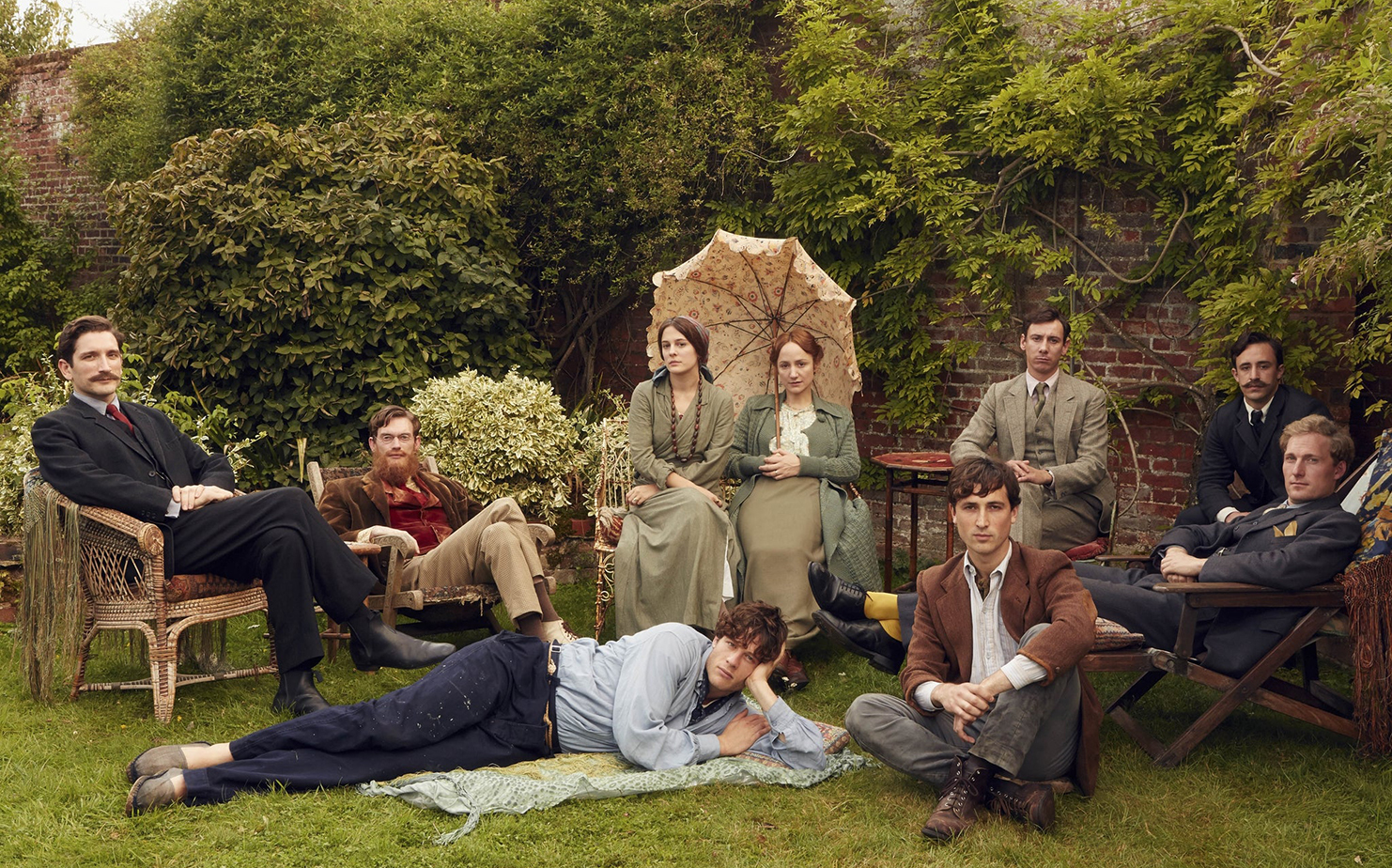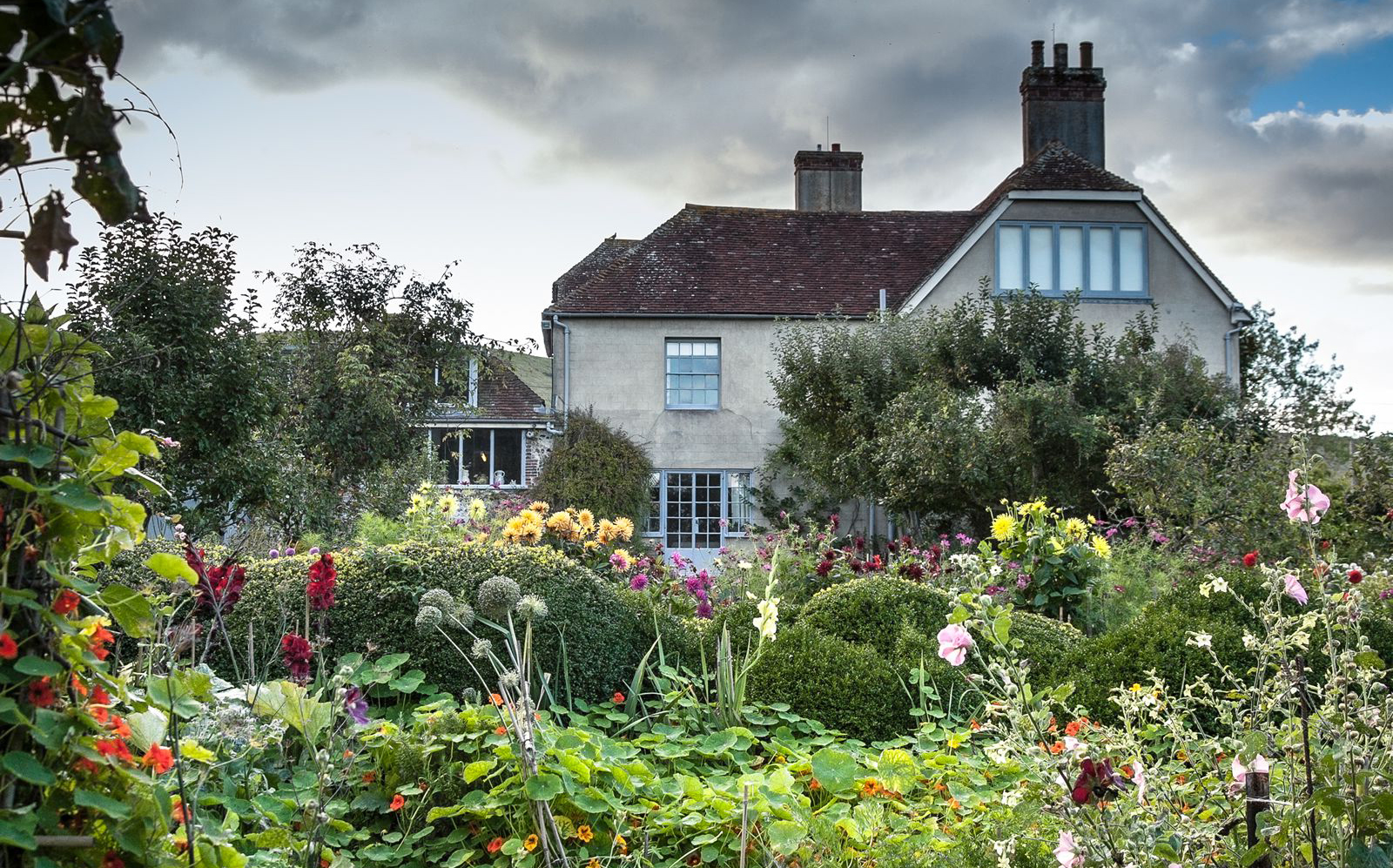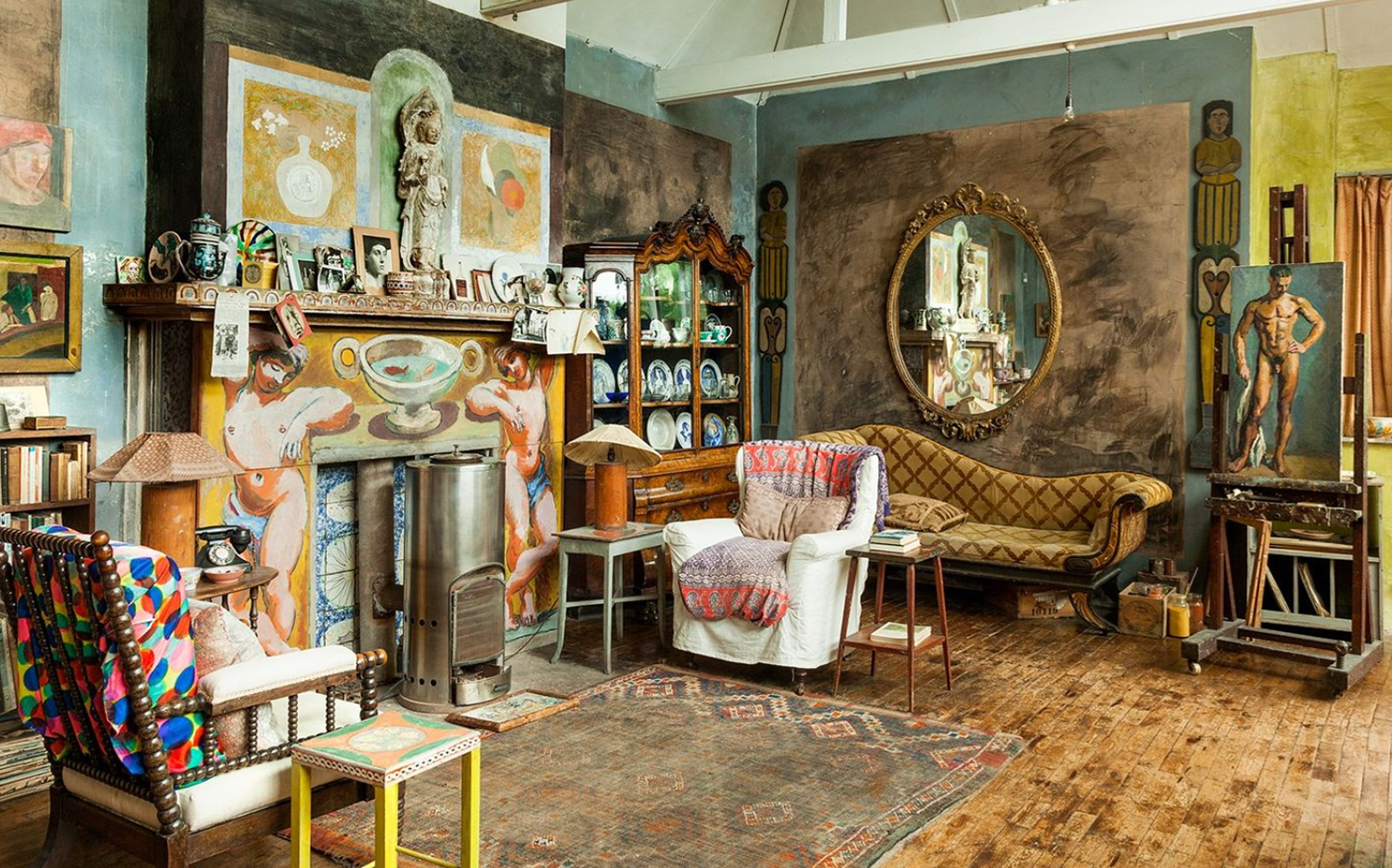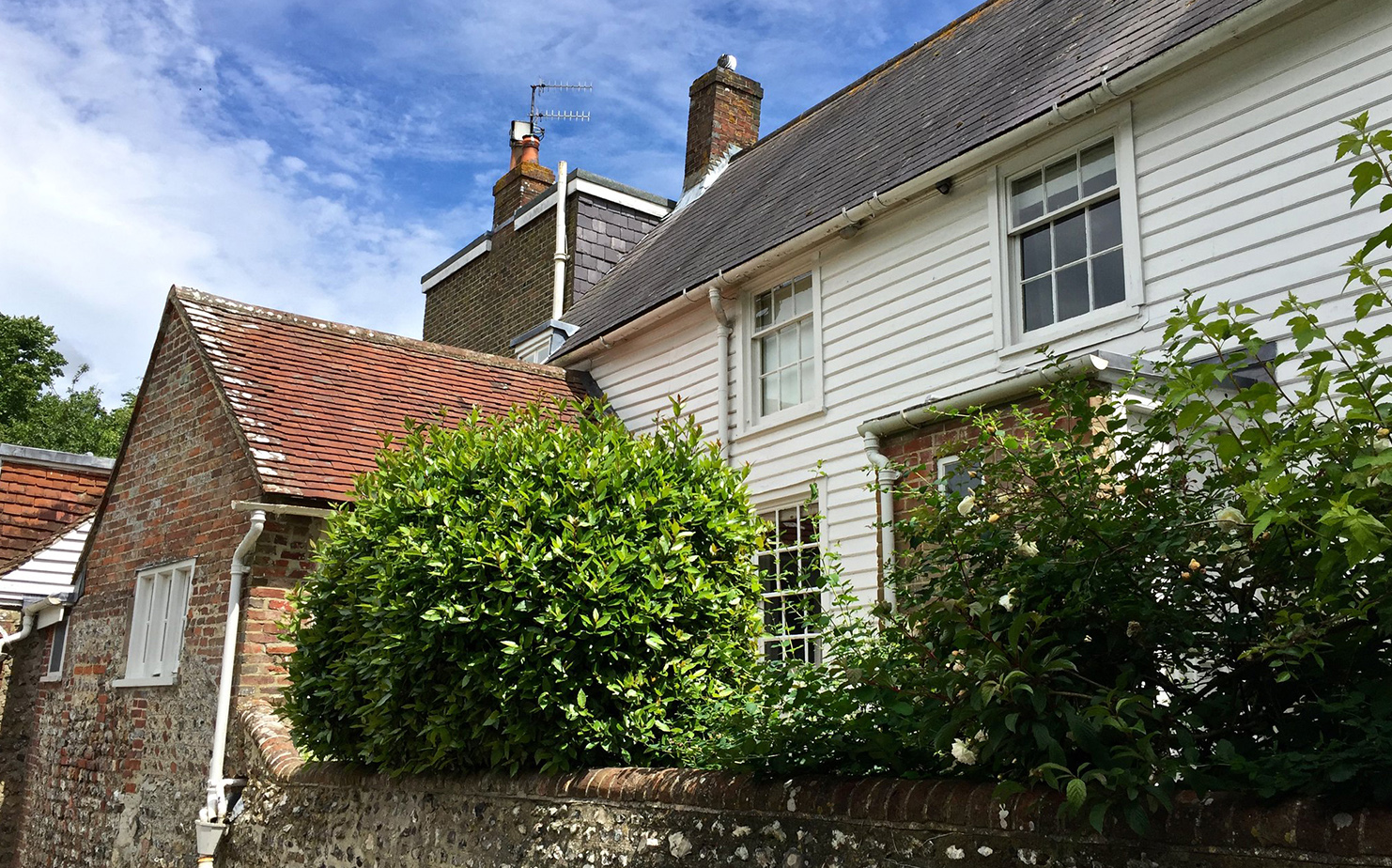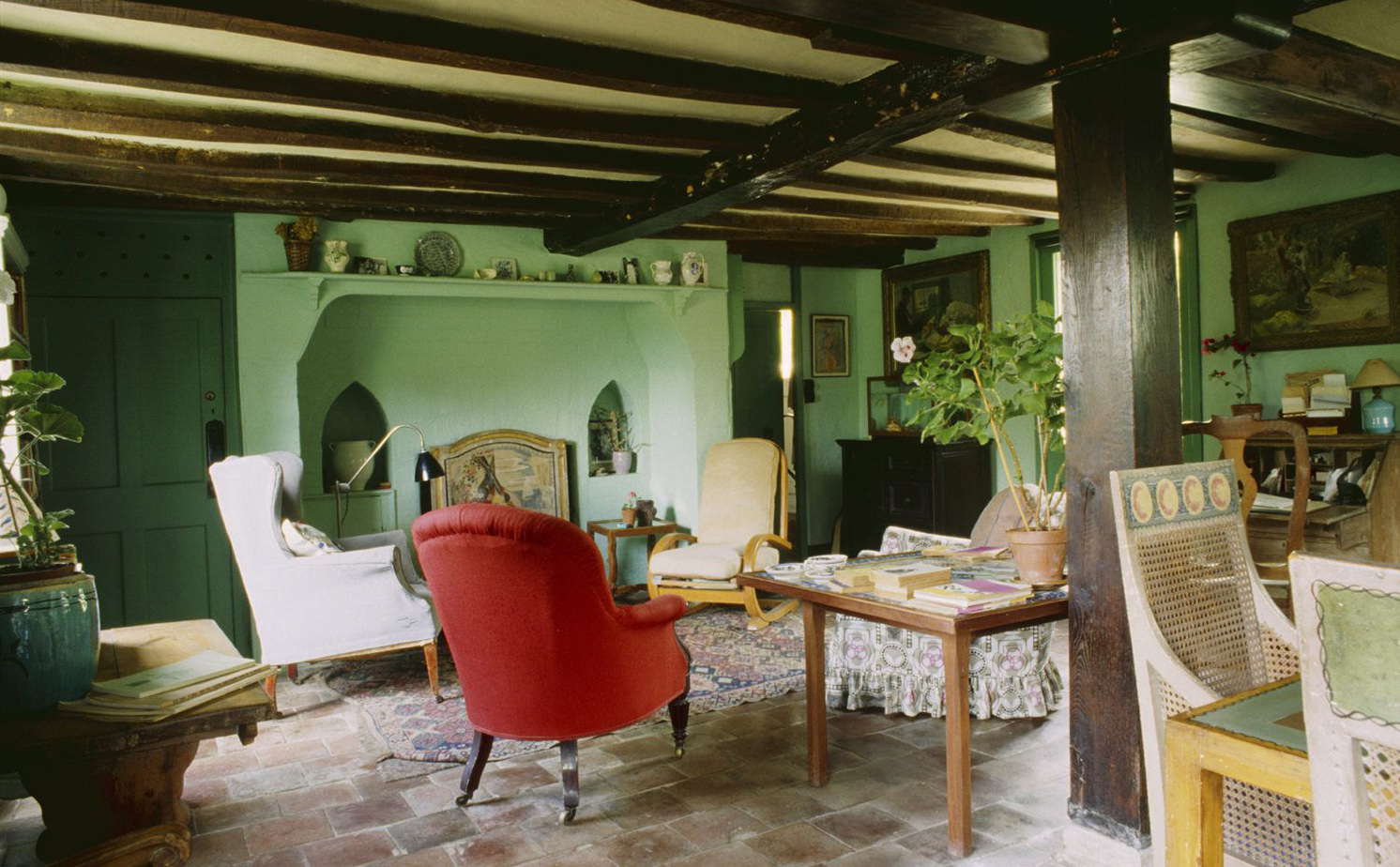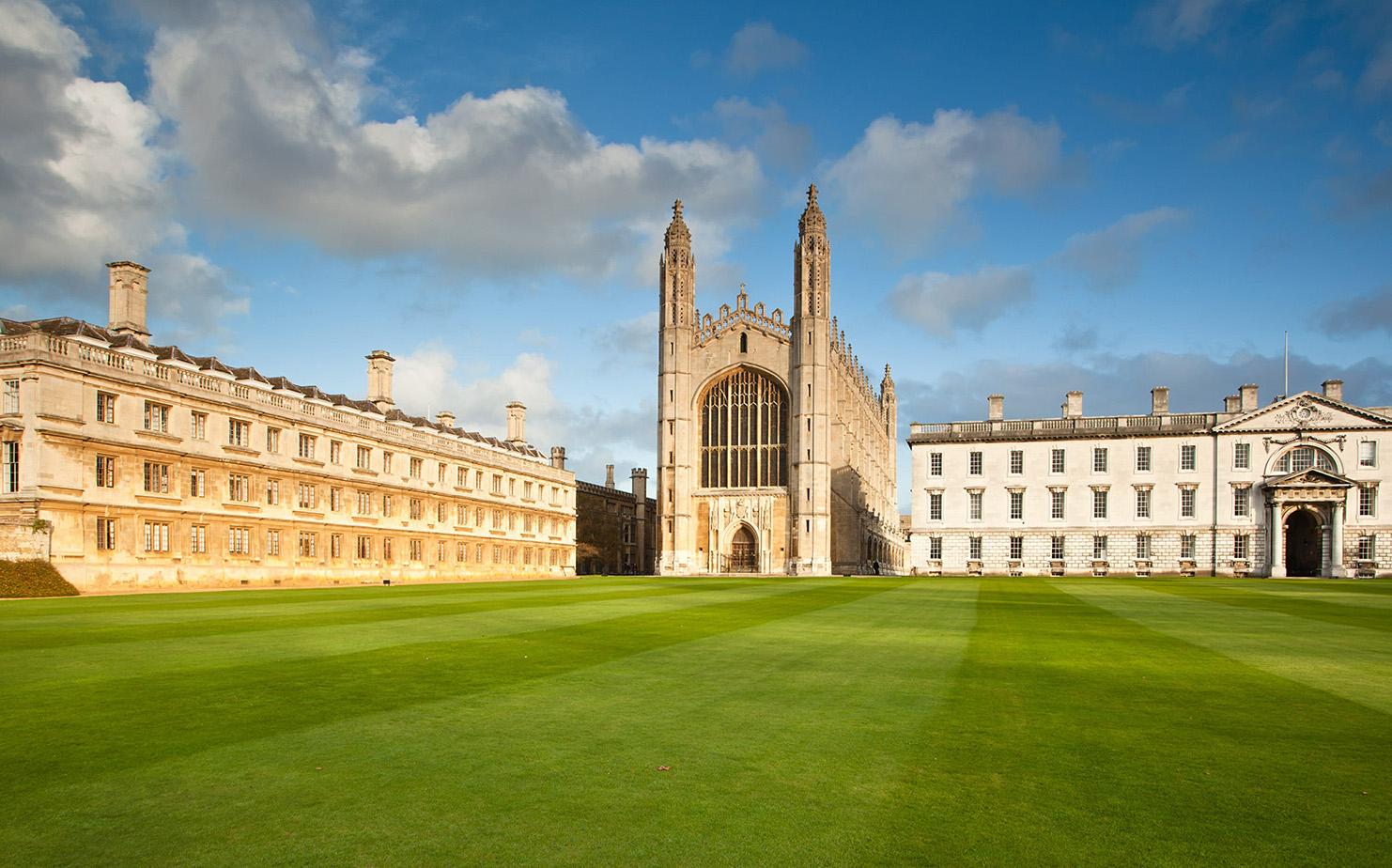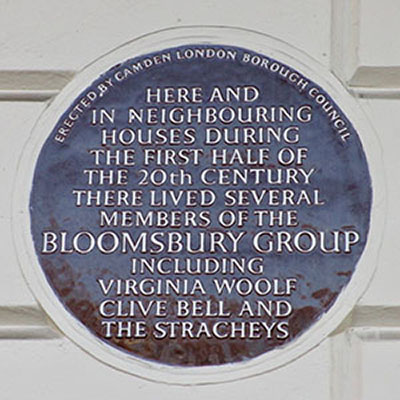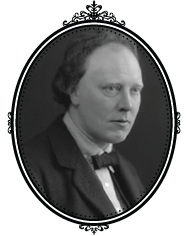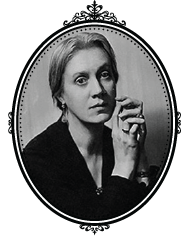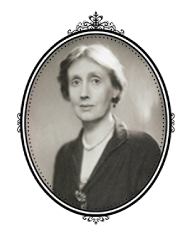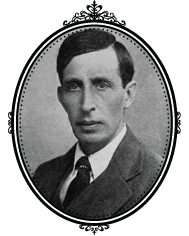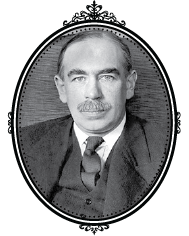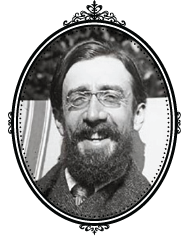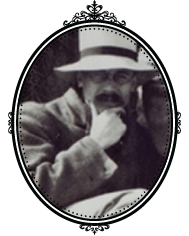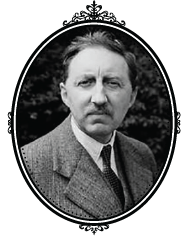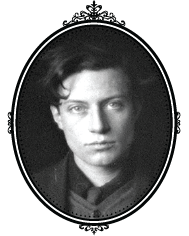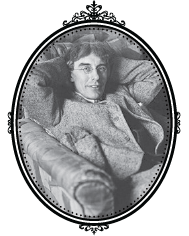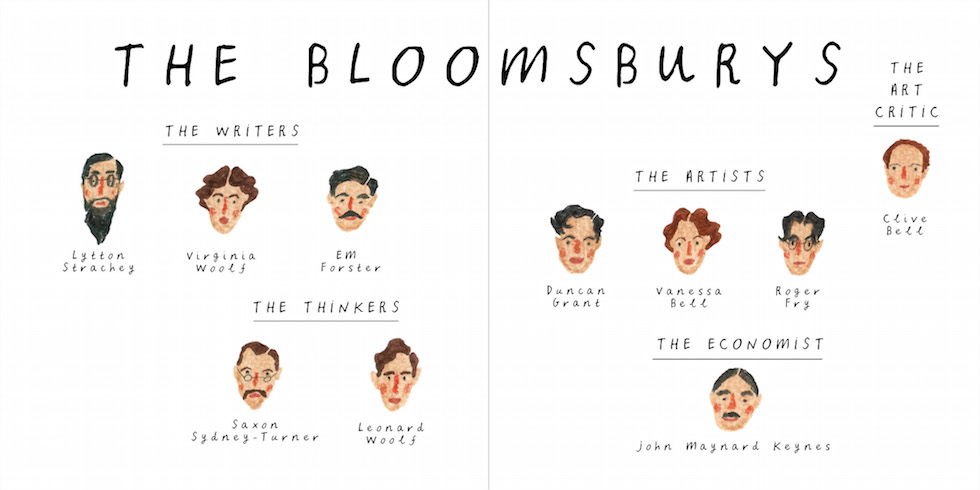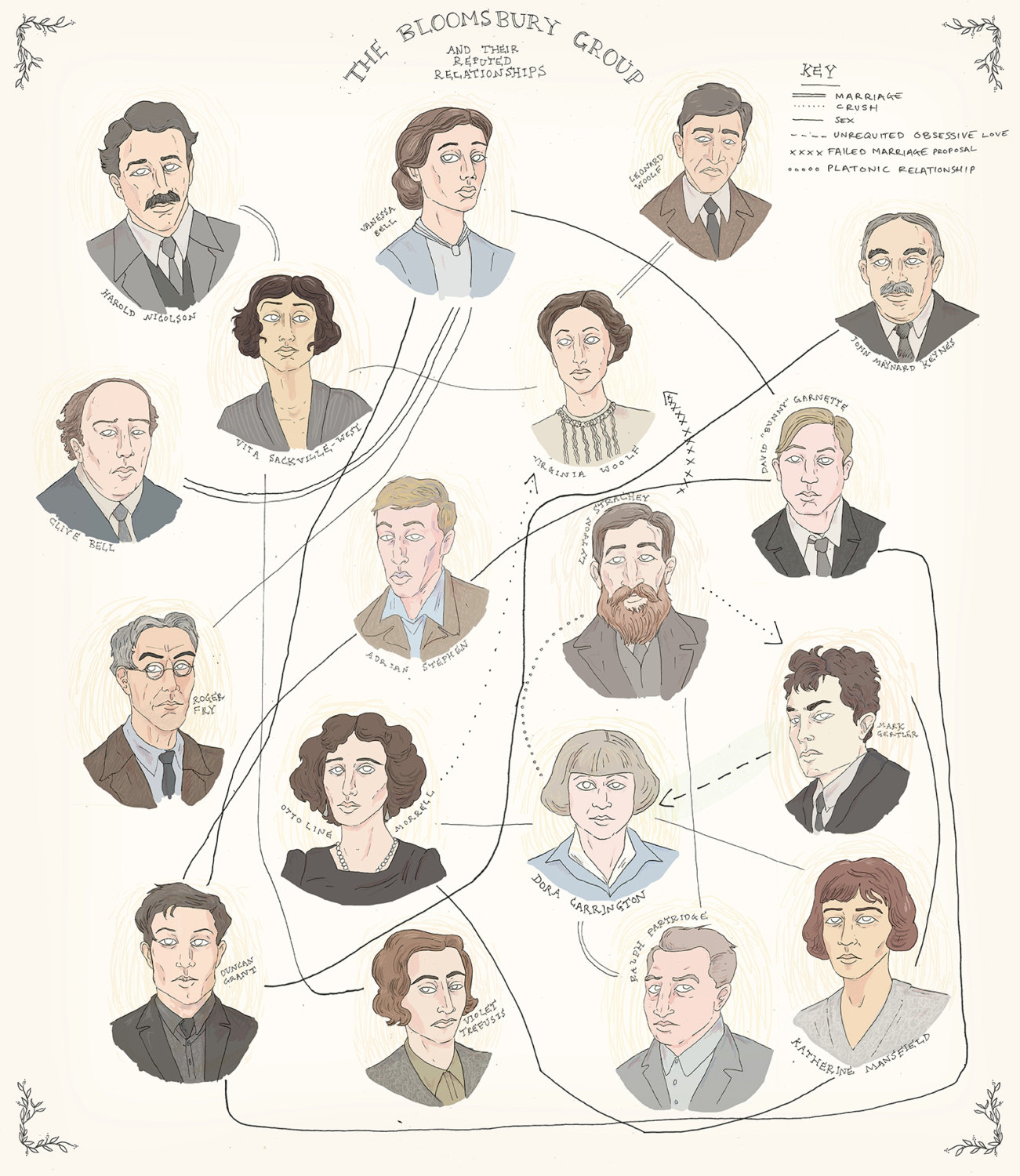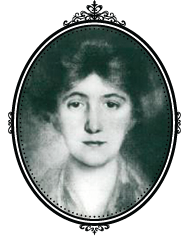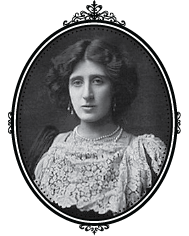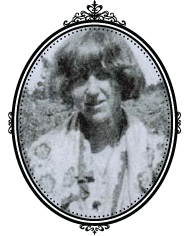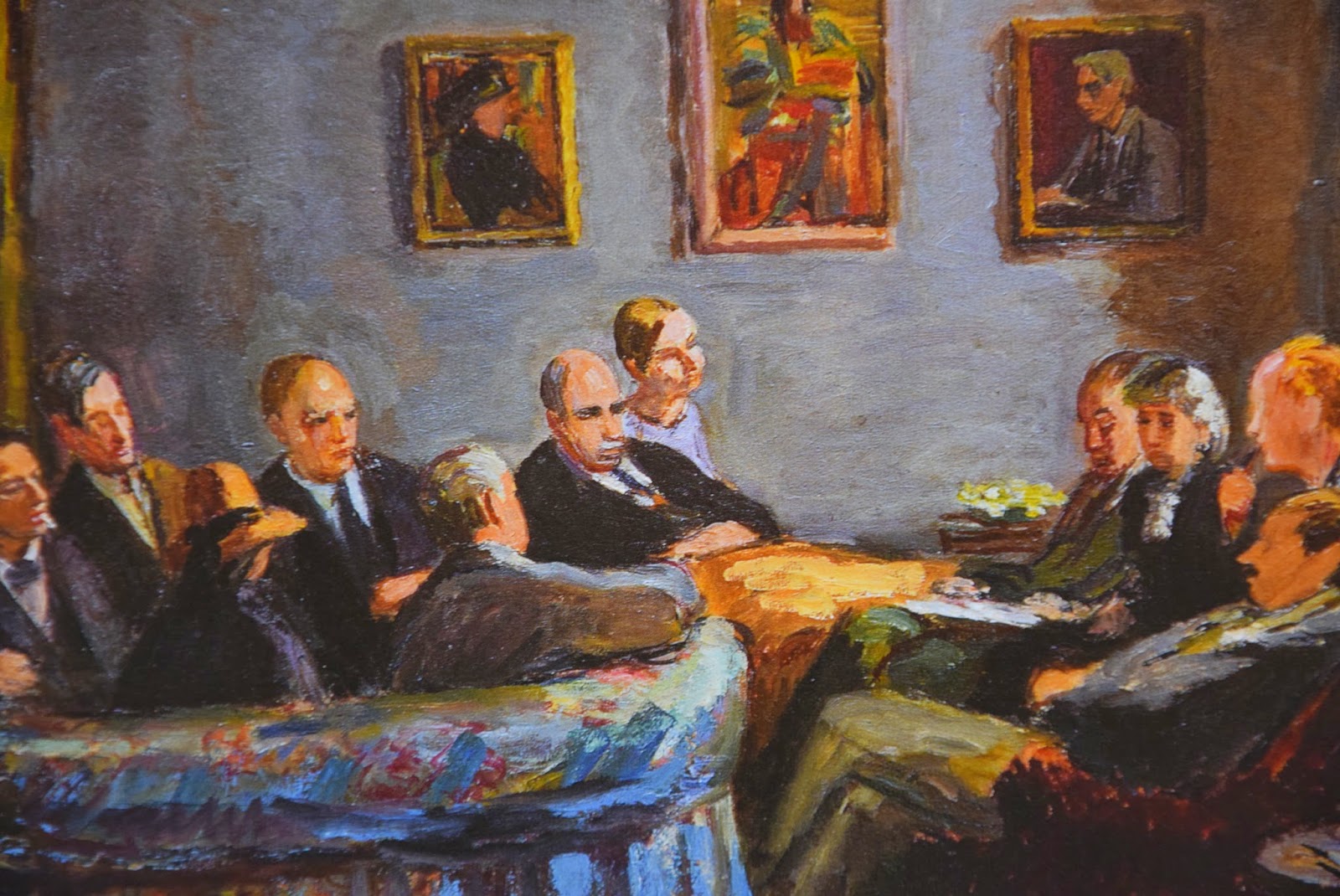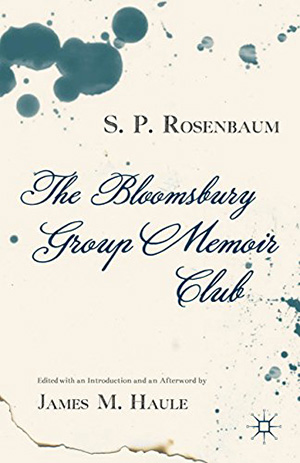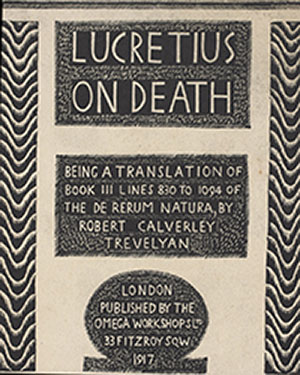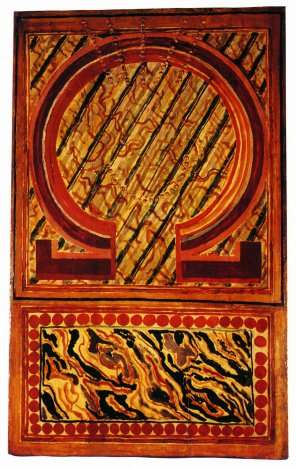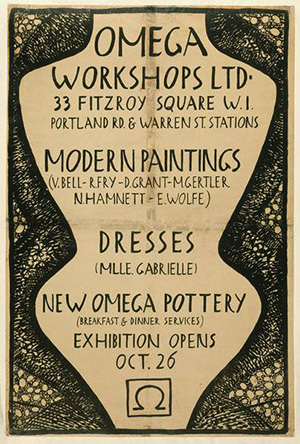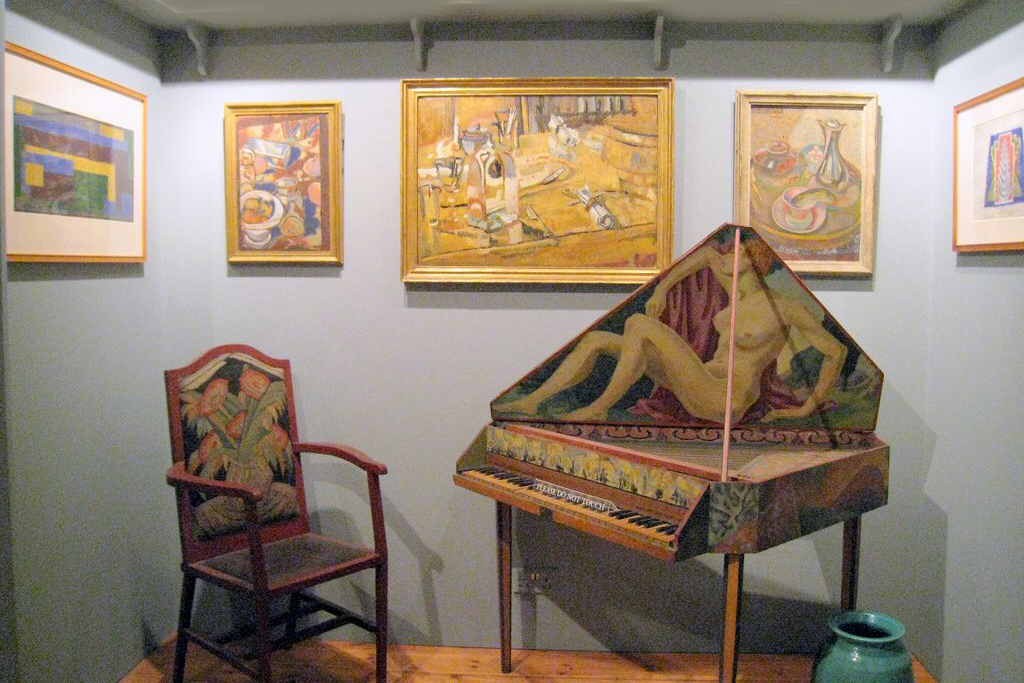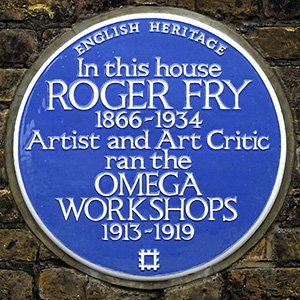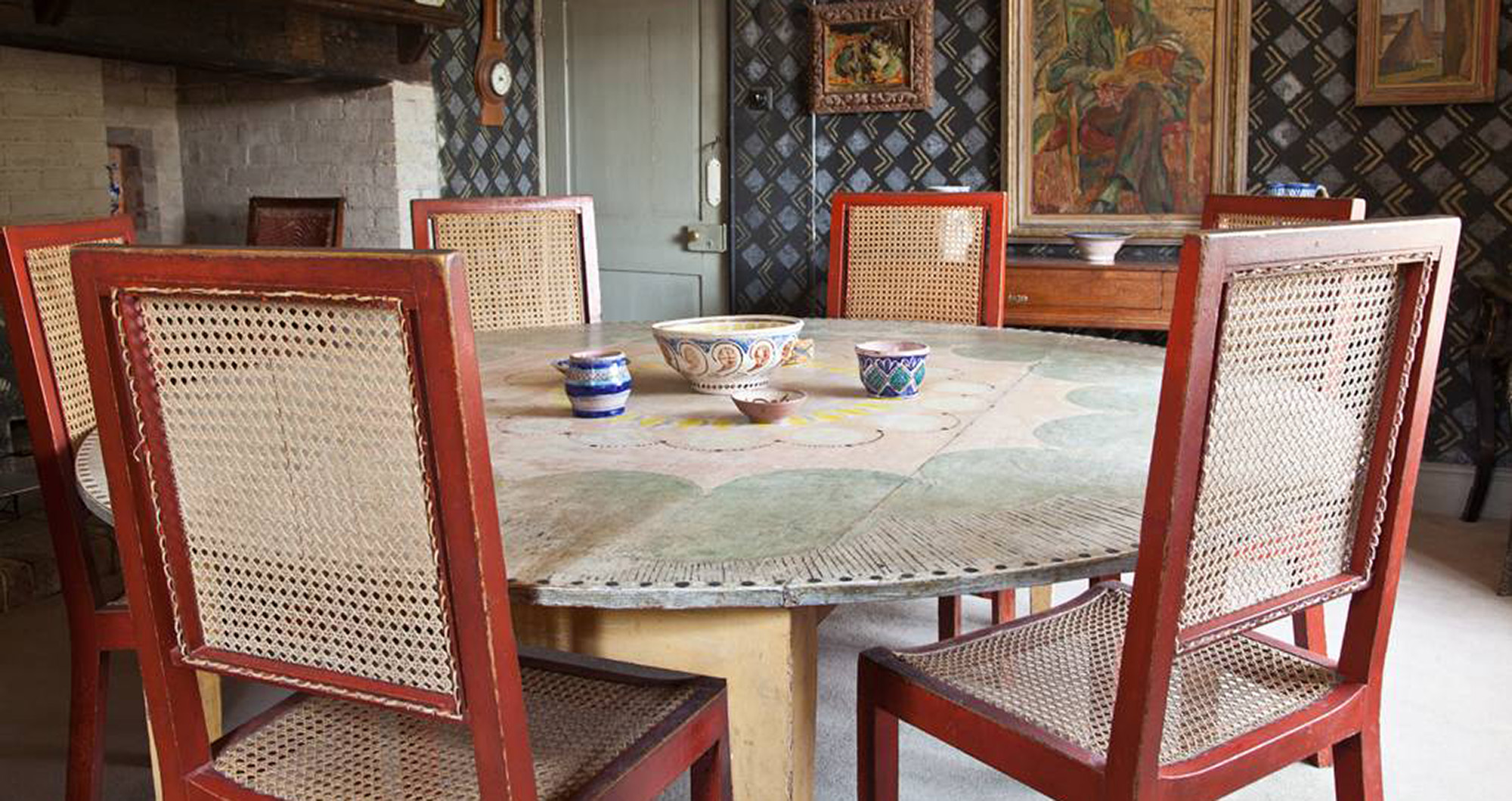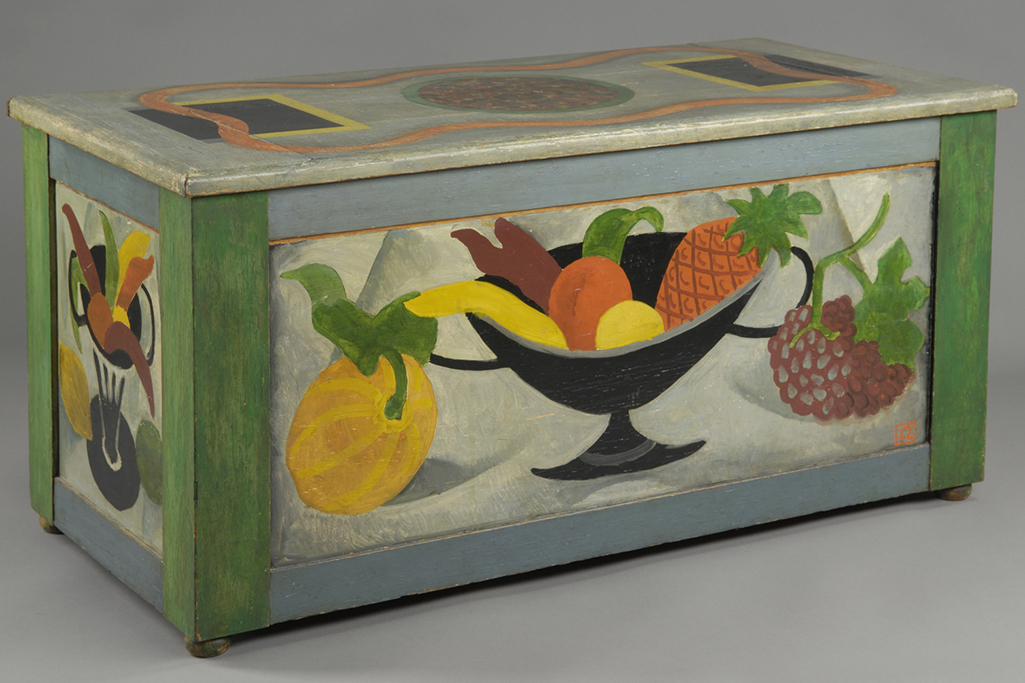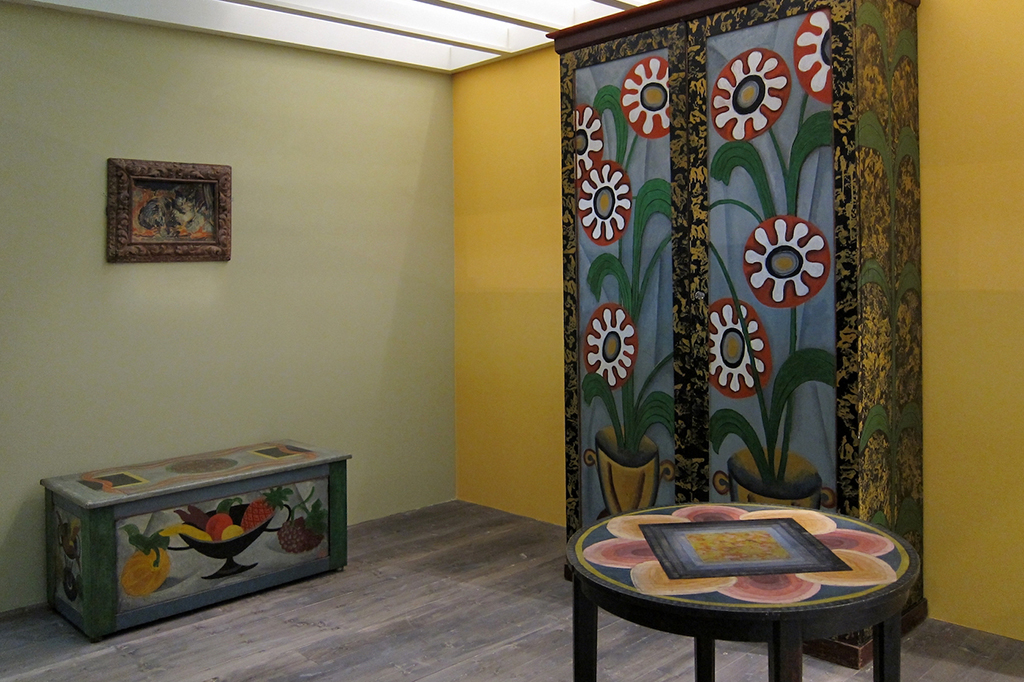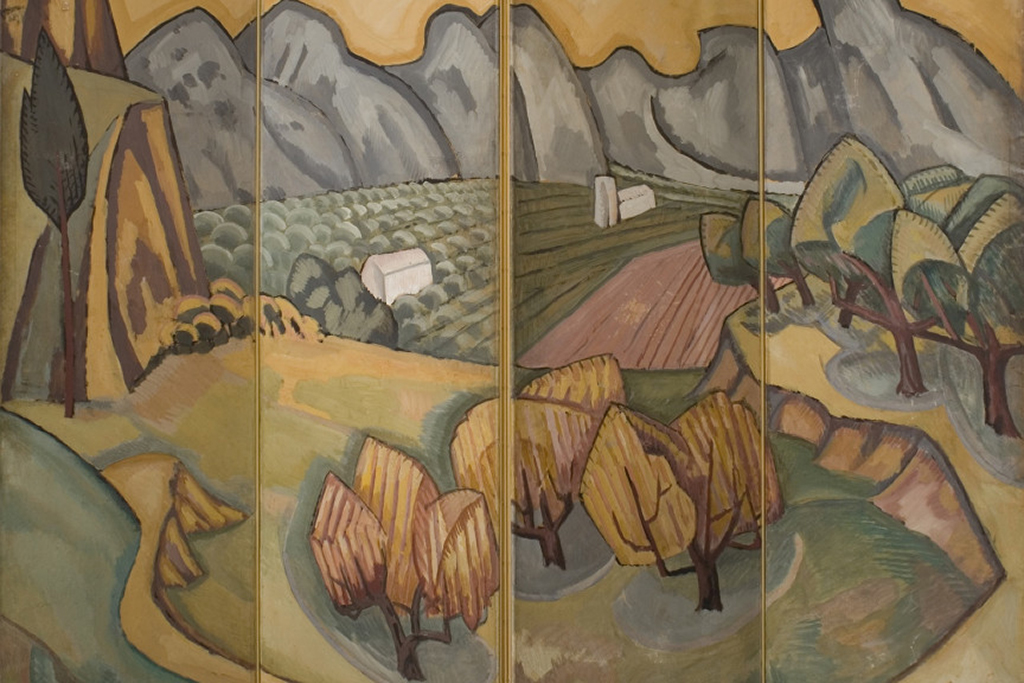BLOOMSBURY & BEYOND
Bloomsbury is a district of central London notable for its location to the British Museum. Between 1904 and 1915, and 1924 and1939 Virginia Woolf lived in five different houses in this district: 46 Gordon Square (1904-1907, with Vanessa, Thoby, and Adrian Stephen), 29 Fitzroy Square (1907-1911, with Adrian Stephen), 38 Brunswick Square (1911-15 with Adrian Stephen, Duncan Grant, Maynard Keynes, and Leonard Woolf), 52 Tavistock Square (1924-39, now married to Leonard Woolf), 37 Mecklenburgh Square (Aug 1939 -Sept. 1940, when it is bomb damaged at which time the Woolfs moved permanently to Monk’s House in west Surrey a rustic 16th century country cottage they had purchased as a weekend retreat in 1919.
In the 19th century, Bloomsbury lost some of its glamour – trade and industry moved in and the area was no longer considered to be fashionable. The British Museum was erected on its present site in 1823 and London University began in 1827.
The arrival of the Bloomsbury Group in the early 20th century gave the area its reputation as an intellectual, artistic and somewhat Bohemian area – a reputation which is still considered relevant today.

Bloomsbury group was the name given to a coterie of English writers, philosophers, and artists who frequently met between about 1907 and 1930 at the houses of Clive and Vanessa Bell and of Vanessa’s brother and sister Adrian and Virginia Stephen (later Virginia Woolf) in the Bloomsbury district of London, the area around the British Museum.
They discussed aesthetic and philosophical questions in a spirit of agnosticism and were strongly influenced by G.E. Moore’s Principia Ethica (1903) and by A.N. Whitehead’s and Bertrand Russell’s Principia Mathematica (1910–13), in the light of which they searched for definitions of the good, the true, and the beautiful and questioned accepted ideas with a “comprehensive irreverence” for all kinds of sham.
Nearly all the male members of the group had been at Trinity or King’s College, Cambridge, with Leslie Stephen’s son Thoby, who had introduced them to his sisters Vanessa and Virginia. Most of them had been “Apostles”; i.e., members of the “society,” a select, semisecret university club for the discussion of serious questions, founded at Cambridge in the late 1820s by J.F.D. Maurice and John Sterling. Tennyson, Arthur Hallam, Edward Fitzgerald, and Leslie Stephen had all been Apostles.
The Bloomsbury group included the novelist E.M. Forster, the biographer Lytton Strachey, the art critic Clive Bell, the painters Vanessa Bell and Duncan Grant, the economist John Maynard Keynes, the Fabian writer Leonard Woolf, and the novelist and critic Virginia Woolf. Other members were Desmond Macarthy, Saxon Sidney-Turner, Bertrand Russell, Aldous Huxley, and T.S. Eliot were sometimes associated with the group.
The group survived World War I but by the early 1930s had ceased to exist in its original form, having by that time merged with the general intellectual life of London, Oxford, and Cambridge. Although its members shared certain ideas and values, the Bloomsbury group did not constitute a school. Its significance lies in the extraordinary number of talented persons associated with it. What did continue to exist was the Memoir Club.
It would be difficult to exaggerate the importance of understanding the work of the Memoir Club in considering the history of twentieth-century British literary culture. This secret, invitation only club included, basically, the ‘membership’ of the Bloomsbury Group.

